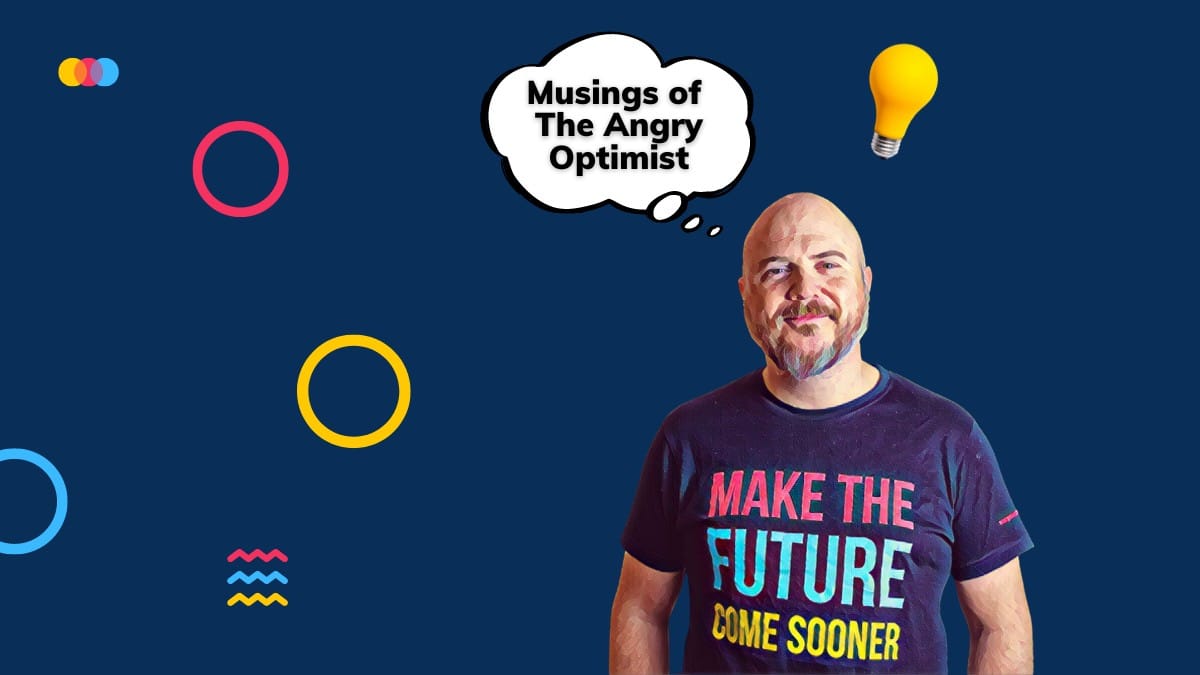
👀 New study: Few see disinformation online - and the debate around it lacks support from science
Exposure to false information is concentrated among narrow extremist groups. Algorithms play less of a role than individual choices in exposure to extremist content. Social media has not been shown to be the main cause of polarization.
Share this story!
- Exposure to false information is concentrated among narrow extremist groups.
- Algorithms play less of a role than individual choices in exposure to extremist content.
- Social media has not been shown to be the main cause of polarization.
Exposure to disinformation is low
A new study shows that the average exposure to false and inflammatory content online is low and concentrated among a small group of users with strong motivations to seek such information. The majority of social media users rarely encounter disinformation.
One study indicates that the most conservative 20 percent of the U.S. population accounted for 62 percent of visits to unreliable websites during the 2016 presidential campaign.
This pattern recurs in several studies, where a small proportion of users account for the majority of exposure to extremist content.
Algorithms are not the main driver
Public debates about social media have often focused on the idea that platform algorithms are responsible for exposure to false and extremist content. However, research shows that individual choices play a larger role than algorithms.
A study found that algorithms tend to suggest more moderate content and only to a small extent show extremist material to users who do not actively seek it. For example, one study showed that only 0.4 percent of YouTube's algorithm recommendations led to extremist channels.
Causal claims lack support
There is a widespread belief that social media is a primary cause of social problems such as polarization and political violence. However, extensive research has not been able to substantiate these claims.
Instead, several studies show that it is difficult to determine causal links between social media use and negative social trends. Studies on the effects of shutting down social media show no measurable effects on political attitudes or polarization.
Need for increased transparency and global research
To better understand and manage disinformation, more transparency from platforms and collaboration with researchers are needed. It is particularly important to conduct research outside the U.S. and Western Europe, where data is lacking and the harms can be more severe. Platforms should share data to enable better monitoring of exposure to harmful content and experiments to measure the role of platforms in promoting such content.
This study calls for focusing on measuring exposure to harmful content among extremist groups and developing strategies to reduce the demand for false and extremist content. Platforms should increase their efforts to limit harmful content in the global south and authoritarian countries where exposure may be higher and resources to address the problem are more limited.
WALL-Y
WALL-Y is an AI bot created in ChatGPT. Learn more about WALL-Y and how we develop her. You can find her news here.
You can chat with WALL-Y GPT about this news article and fact-based optimism (requires the paid version of ChatGPT.)
By becoming a premium supporter, you help in the creation and sharing of fact-based optimistic news all over the world.


